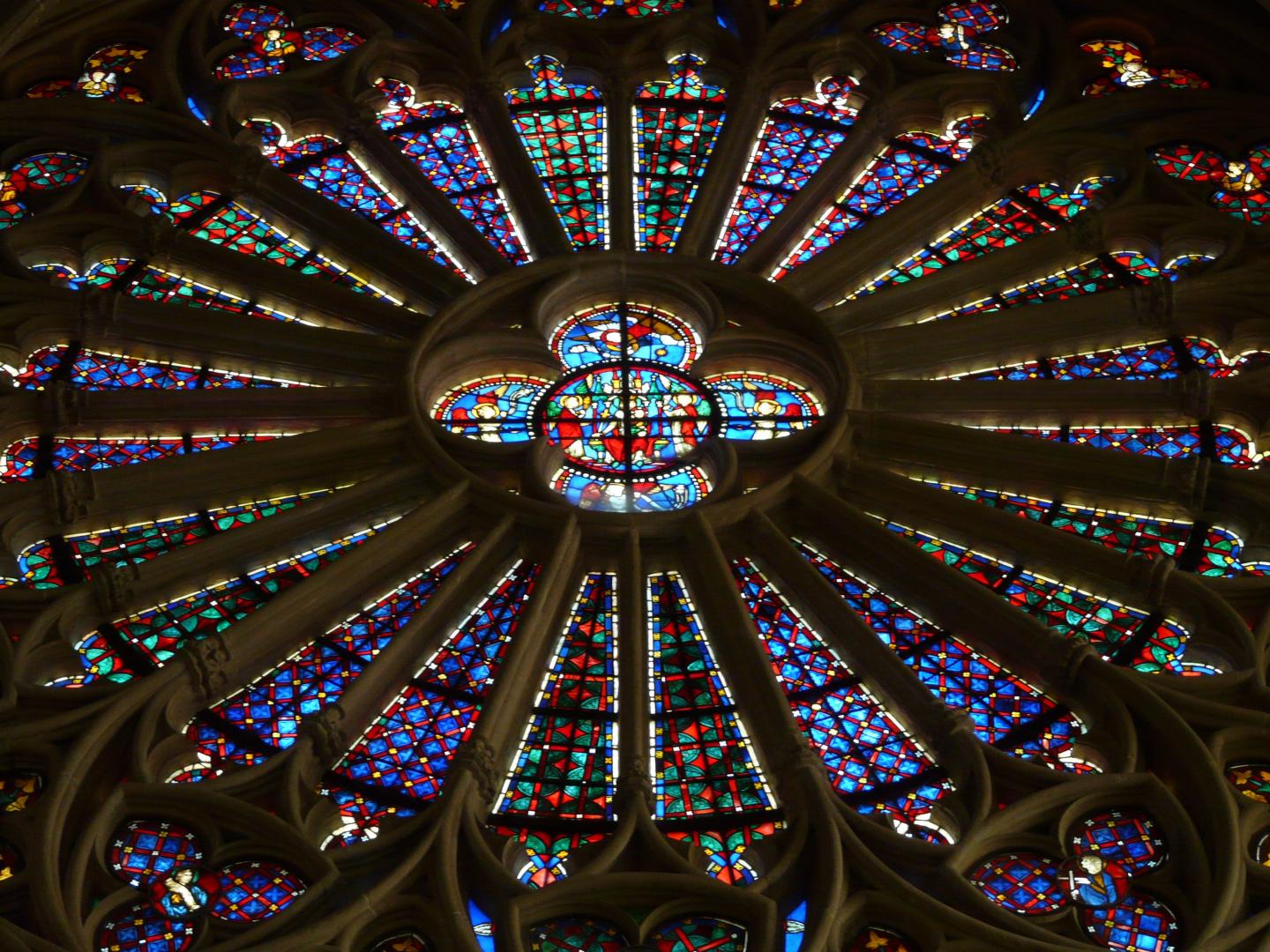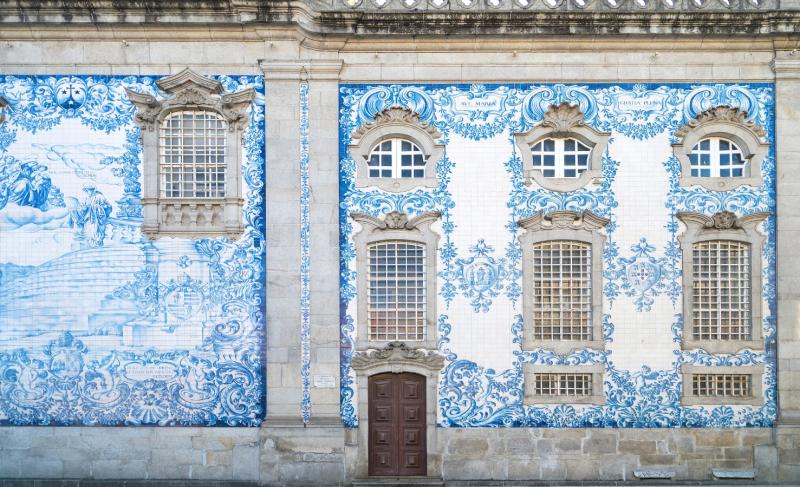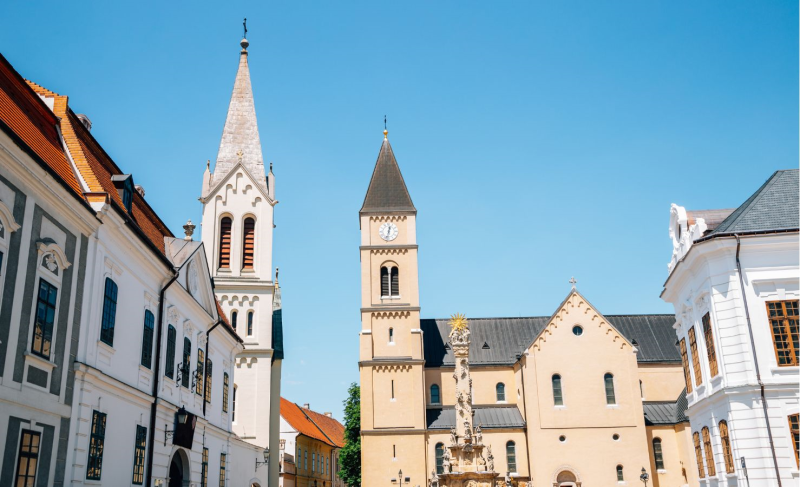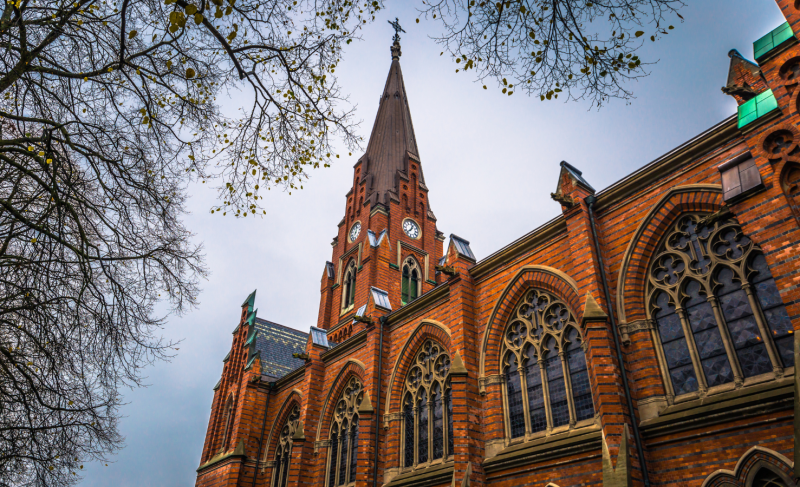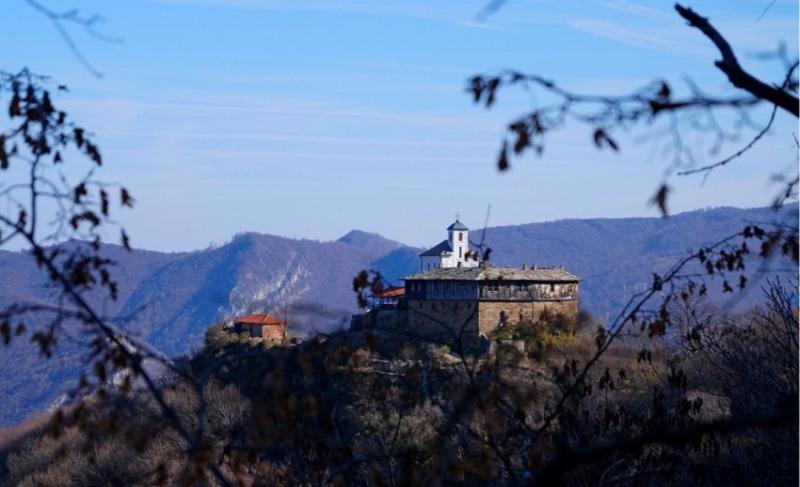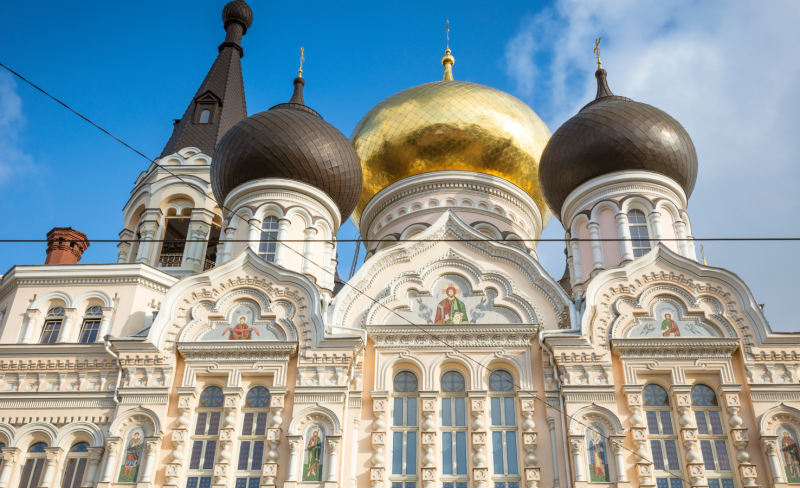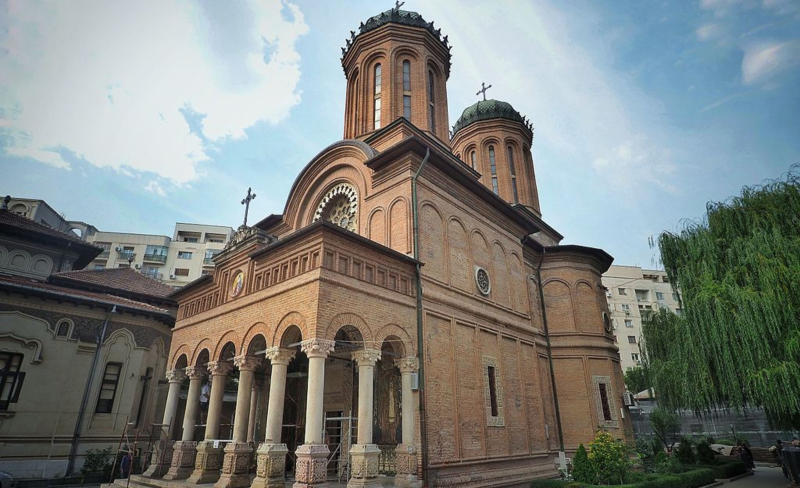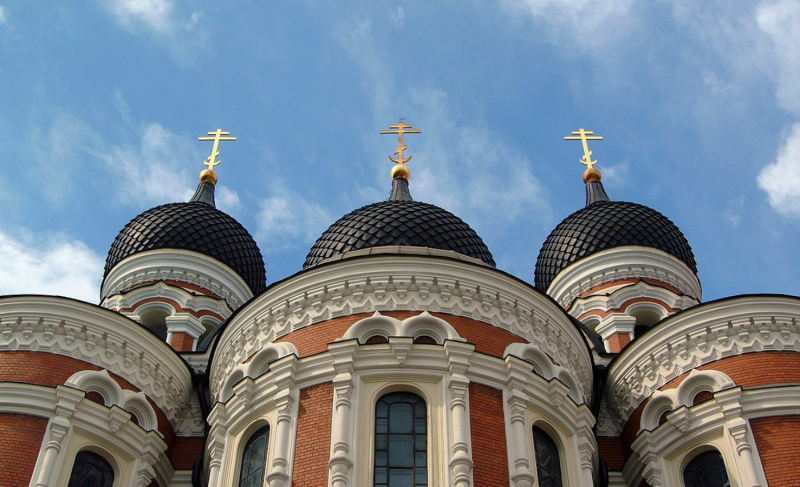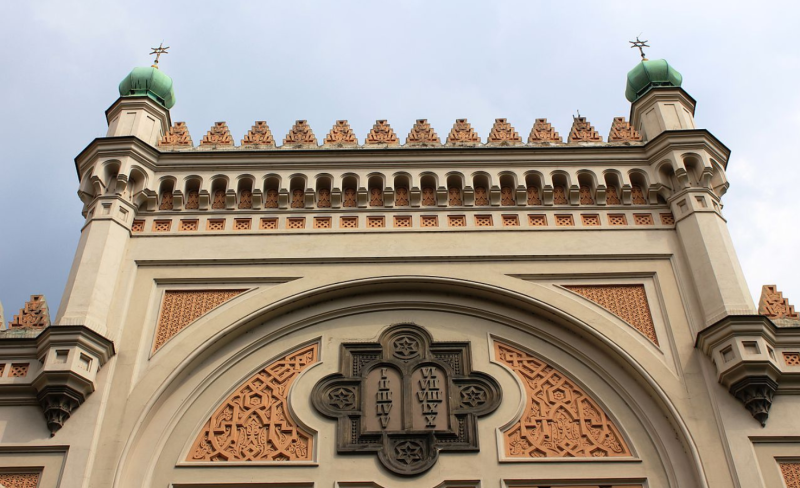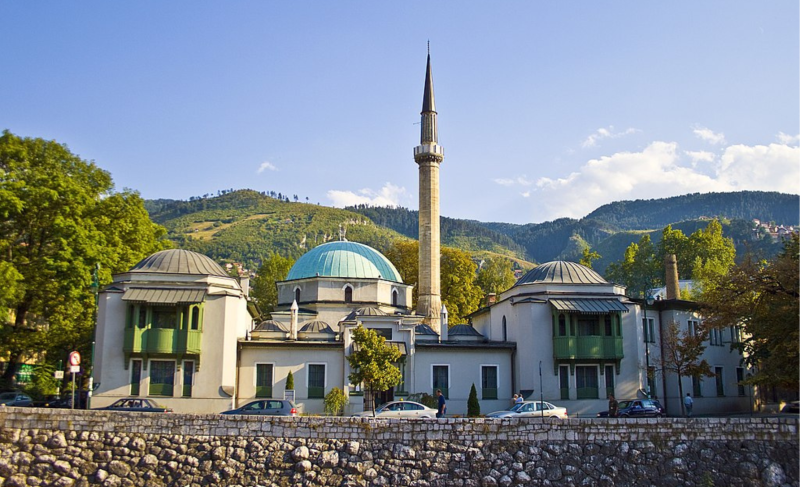10 buildings
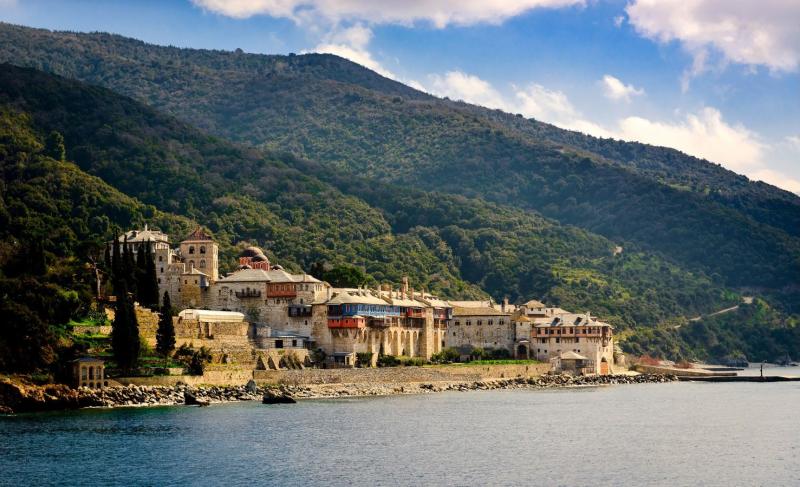
The Orthodox monasteries of Mount Athos
Since the foundation of Great Lavra in 963, Mount Athos became the epicentre of the Orthodox faith. For centuries, the "Holy Mountain" has been home to the oldest monastic community in the world, consisting of 20 monasteries, which still operate under a self-governing regime despite being on Greek territory. Of these, 17 are Greek, 1 Serbian and 1 Russian. Here are some of the most notable monasteries on Mount Athos.
